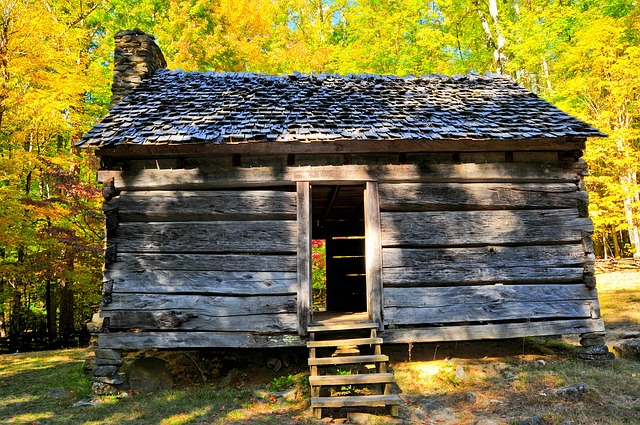The Timeless Appeal of Wooden Houses: A Complete Guide to Timber Construction
Wooden houses represent a harmonious blend of traditional craftsmanship and modern sustainable living. These structures, ranging from rustic log cabins to contemporary timber-frame homes, offer unique benefits in terms of environmental impact, energy efficiency, and aesthetic appeal. With growing interest in sustainable construction methods, wooden houses have experienced a remarkable resurgence in popularity among homeowners and architects alike.

Benefits of Choosing a Wooden House
Wooden houses provide excellent natural insulation, helping maintain comfortable indoor temperatures while reducing energy costs. Timber’s natural properties allow it to regulate humidity levels effectively, creating a healthier indoor environment. Additionally, wooden structures often have shorter construction times compared to conventional building methods, and their environmental footprint is considerably smaller than concrete or steel construction.
Essential Maintenance Considerations
Proper maintenance is crucial for preserving a wooden house’s integrity and appearance. Regular inspections for moisture damage, pest infestation, and structural integrity are essential. Protective treatments should be applied periodically, typically every 3-5 years, depending on climate conditions. Professional maintenance services can help ensure longevity and preserve the wood’s natural beauty.
Cost Analysis and Investment Value
| House Type | Average Cost Range | Construction Time |
|---|---|---|
| Log Cabin | $150,000 - $350,000 | 4-6 months |
| Timber Frame | $200,000 - $400,000 | 6-8 months |
| Hybrid Construction | $250,000 - $500,000 | 8-12 months |
Prices, rates, or cost estimates mentioned in this article are based on the latest available information but may change over time. Independent research is advised before making financial decisions.
Environmental Impact and Sustainability
Wooden houses offer significant environmental advantages. Timber is a renewable resource when sourced from sustainably managed forests, and wooden structures store carbon throughout their lifetime. Modern construction techniques minimize waste, and many wooden house components can be recycled or repurposed at the end of their life cycle. The energy required for timber processing is also substantially lower than that needed for steel or concrete production.
Wooden houses continue to captivate homeowners with their natural beauty, environmental benefits, and long-term value. Whether choosing a traditional log cabin or a modern timber-frame design, these structures offer a sustainable and aesthetically pleasing housing solution that stands the test of time. With proper maintenance and care, a wooden house can provide generations of comfortable, eco-friendly living while maintaining its charm and structural integrity.






